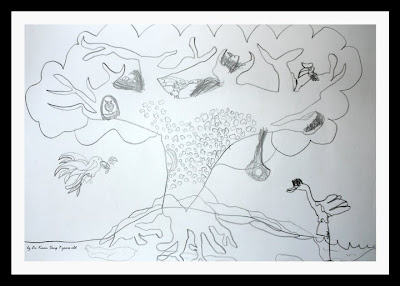



Bubble science is fun for kids and adults. Try these fun activities for bubble play and open up a discussion about the properties of bubble, the chemistry and physics of bubblemaking and good clean fun. Bubbles are an easy soap science lesson that your kindergartener will love. Try these activities in the bathtub or on the back porch.
Kindergarten science lessons with bubbles is an inexpensive way to play fun with science. Any kid can enjoy bubble play, whether in the bathroom or the kitchen. Learn the basics of bubble chemistry and physics through bubble activities for kindergarten science
Begin your bubble science lesson by making bubble solution. Use a leftover milk carton or 2 liter pop bottle to make large portions of bubble mix. If your family enjoys community service projects, buy dish soap by the gallon at a warehouse store and make several large bottles of bubble solution to share or donate.
Brainstorm with your child about how he supposes bubble solution is made. Most children intuitively guess that it’s soap and water, so fill a carton ¾ the way full of water and then add ½ cup of dish soap if you’re using a 2 liter bottle and 1cup if you’re using a gallon. Attempt to blow bubbles from this solution and discuss why it’s not working. The soapy water isn’t “thick” enough or “strong” enough to wrap itself around the air without breaking.
Add ½ cup of glycerin or corn syrup to the 2 liter bottle, or 1 cup to the gallon and give it time to dissolve. You may close the lid and shake it, or sit it in the warm sun for a while. Now try blowing bubbles. The glycerin or corn syrup has increased the “surface tension” of your solution, making it strong enough to hold the air inside.
Bubble Experiments:
•Try using different amounts of air pressure. Are your bubbles bigger when you blow slowly or quickly?
•Are your bubbles bigger when you dip the wand in slowly or slosh it around?
•Use pipe cleaners to make homemade bubble wands. Can you make a square bubble?
•What household items can you use to make bubbles? A slotted spoon? A flyswatter?
•Pour bubble solution onto a dinner plate or cereal bowl and use a straw to blow bubbles at the base. How tall can you blow your bubble tower?
•Add food coloring or tempera paint to your bubble solution and try blowing colored bubbles. Try to catch them; let your bubbles land on a piece of card stock paper to make bubble art
•Winter bubbles can freeze in midair and shatter when they hit the ground.
•What color is a bubble? Bubble colors come from the light refracting through the soapy water.
Most of all, in kindergarten, focus on observing, freely discussing and vocalizing the properties of the bubbles for vocabulary and comparison skills. While memorizing words like “surface tension” and “air pressure” sound like important objectives for a science lesson, it’s more important to have a mental comprehension of the scientific principles, to call upon later, than to temporarily memorize a buzzword. Don’t “talk down” to a kindergartener. If they ask you a question you don’t know the answer to, look it up. When they see you looking up the answer to an unknown question, they learn how and where to find information. That’s a very important lesson that can last a lifetime.
For more science activities with bubbles, visit The Art and Science of Bubbles.





